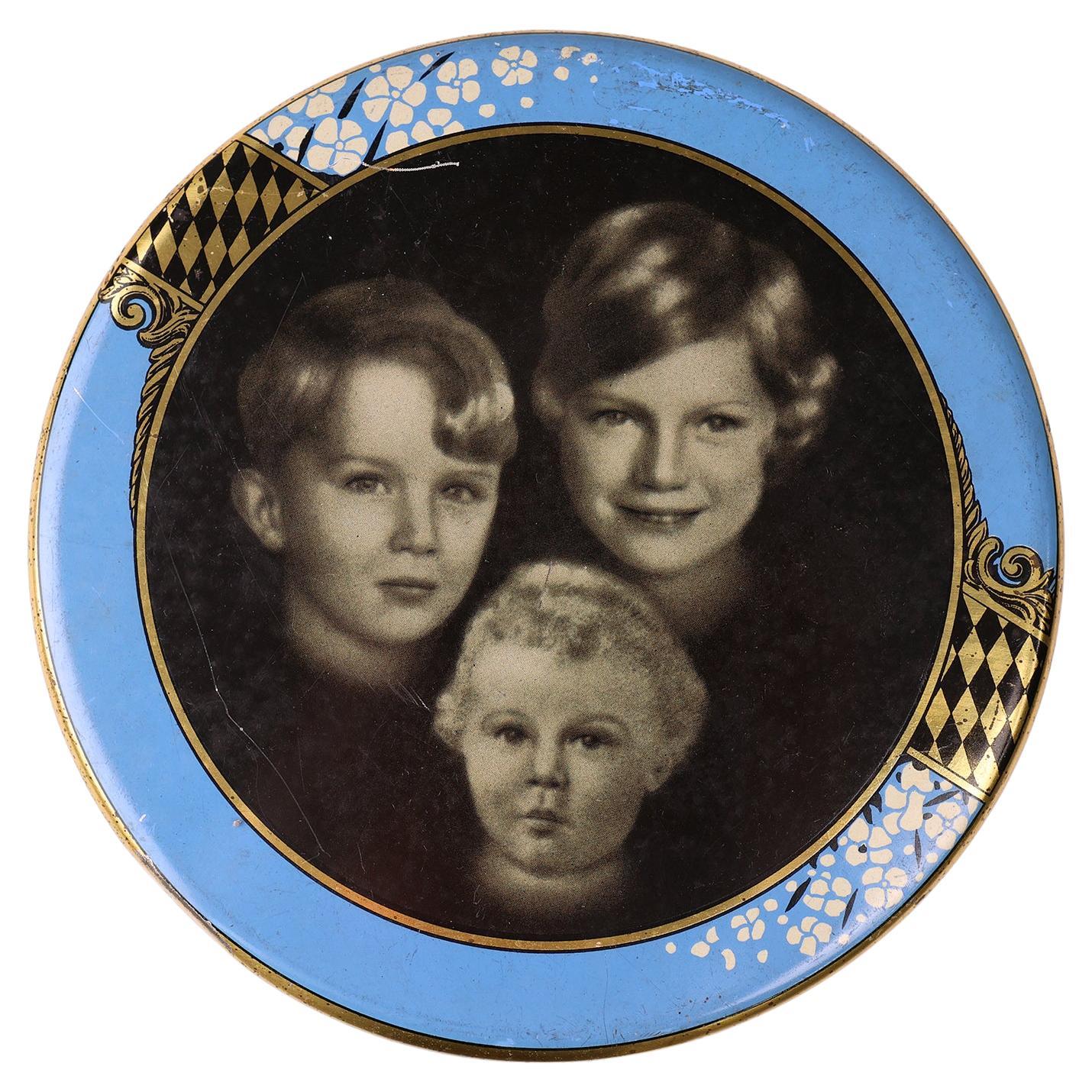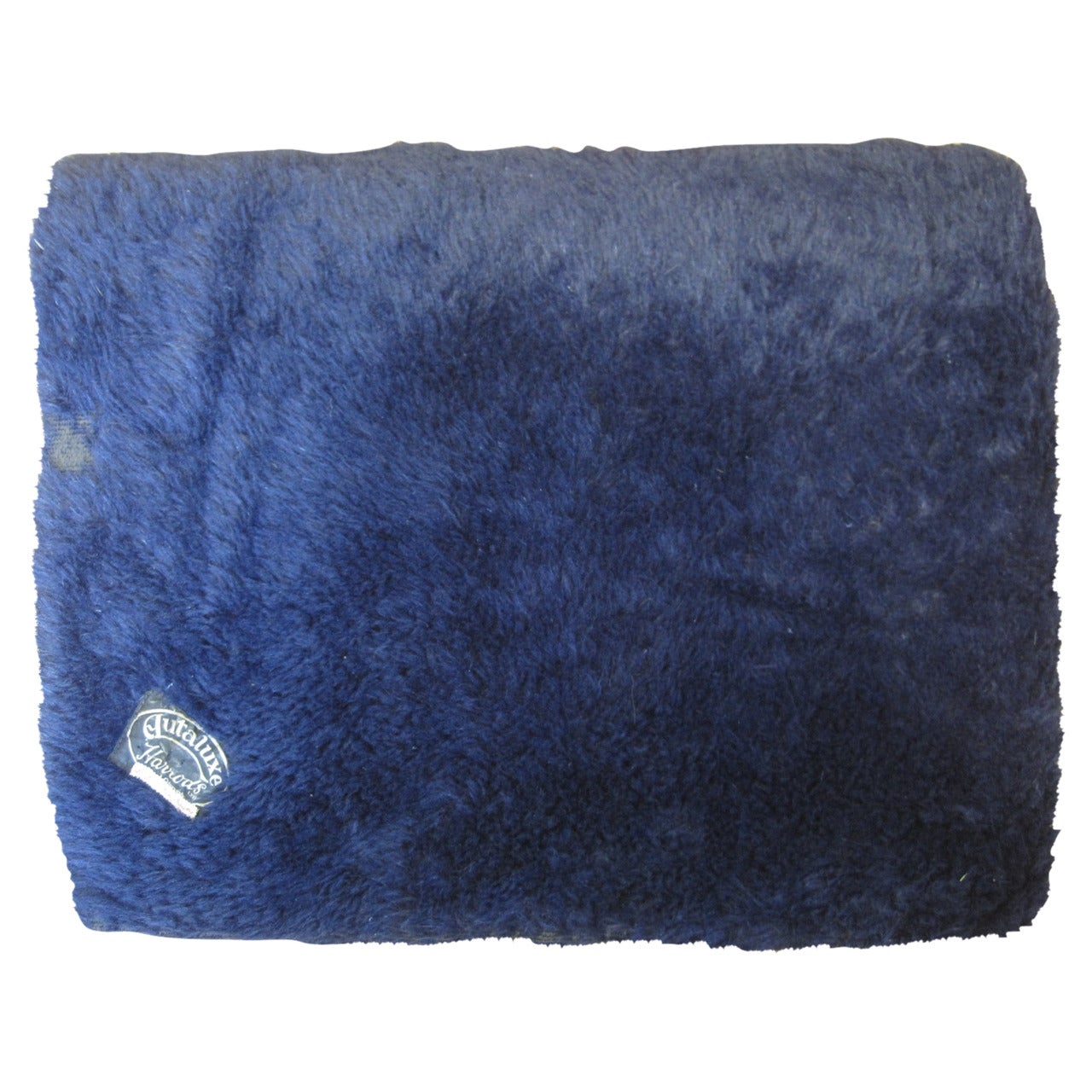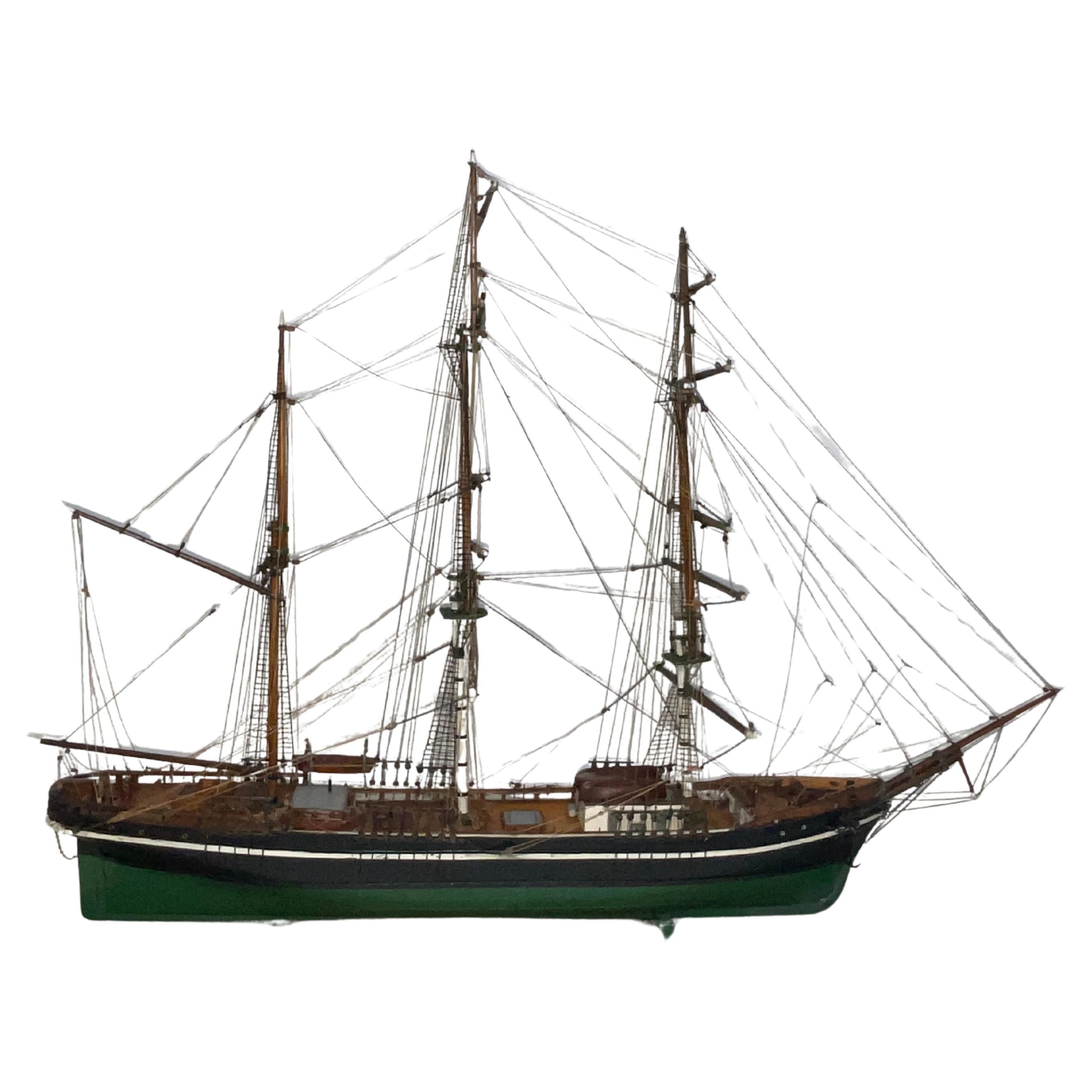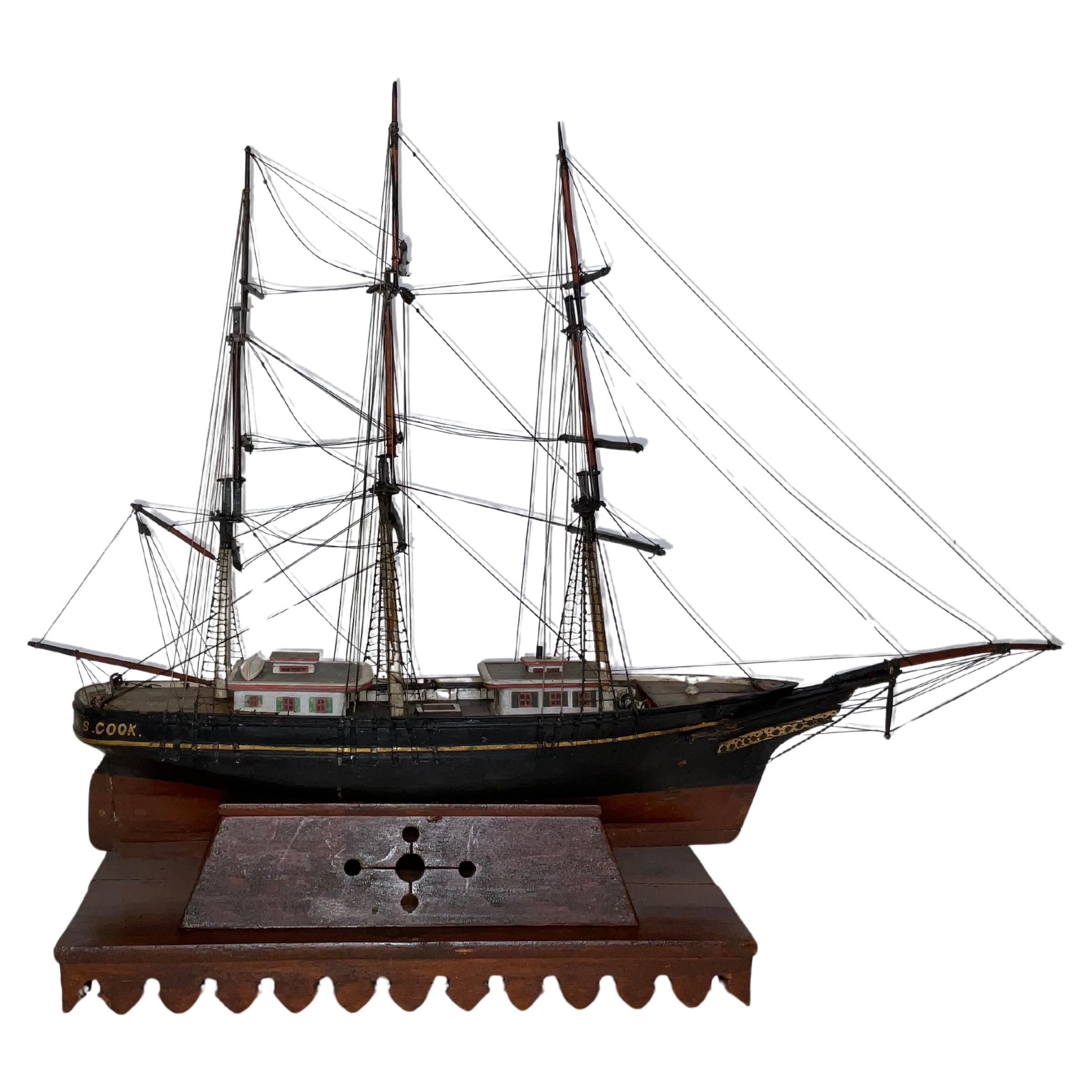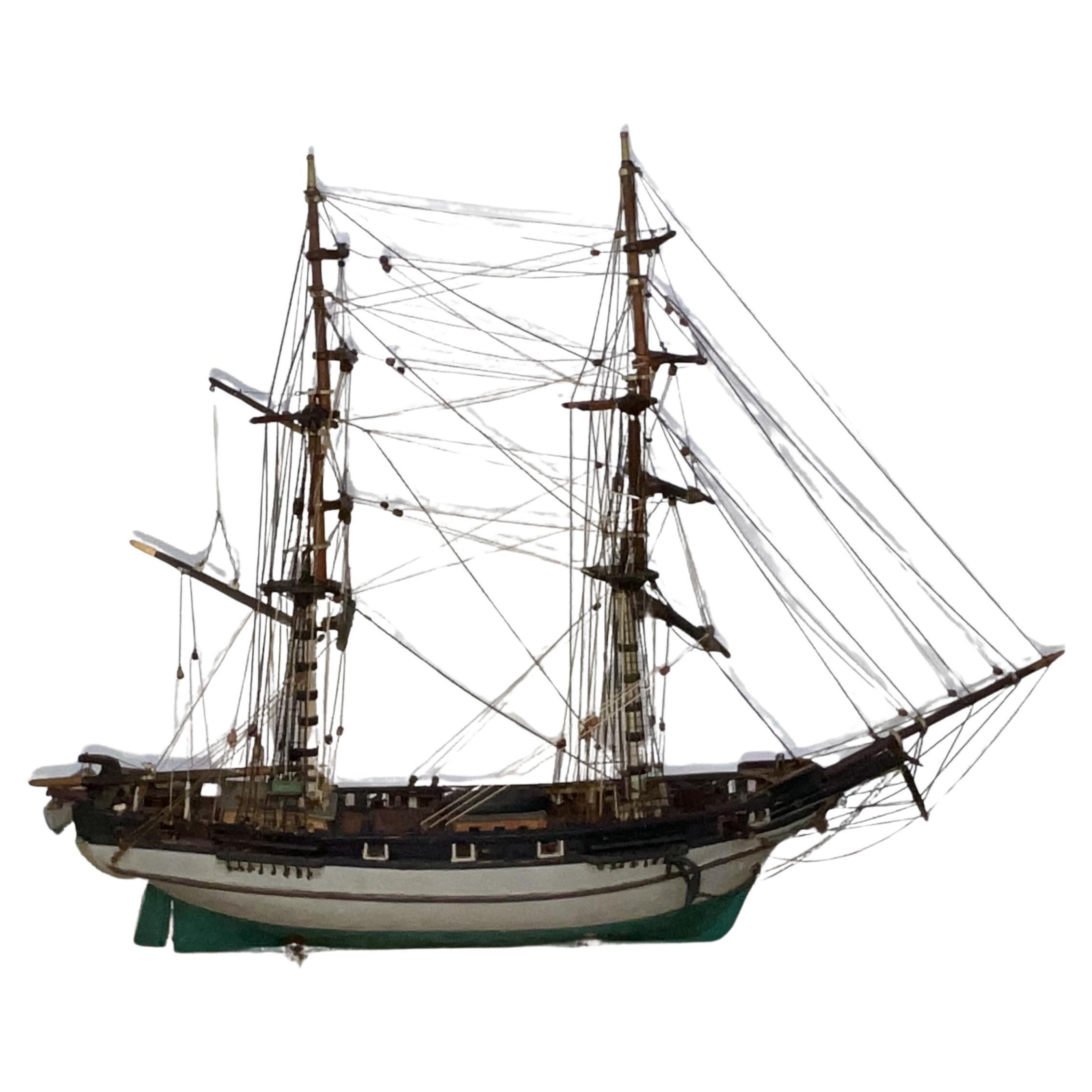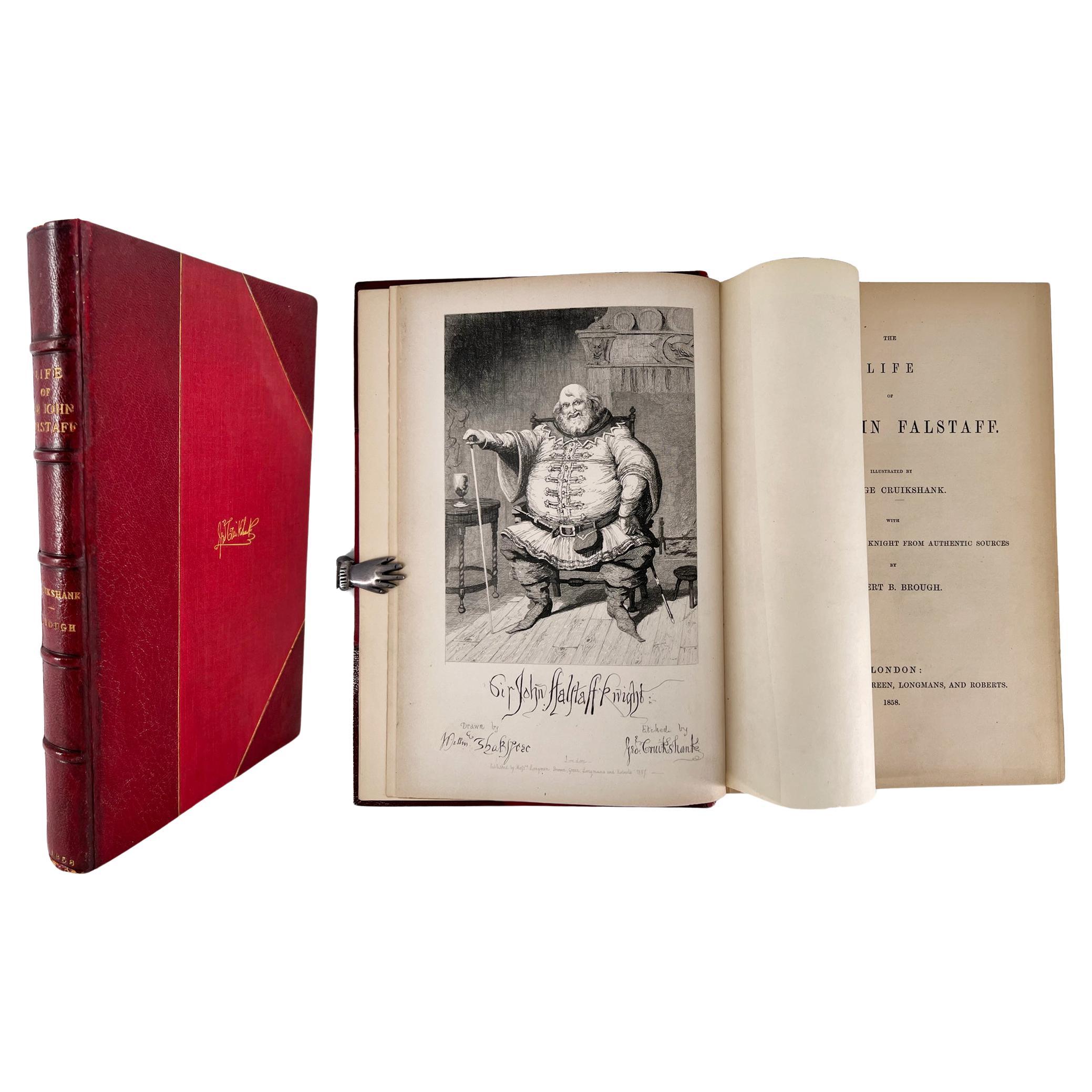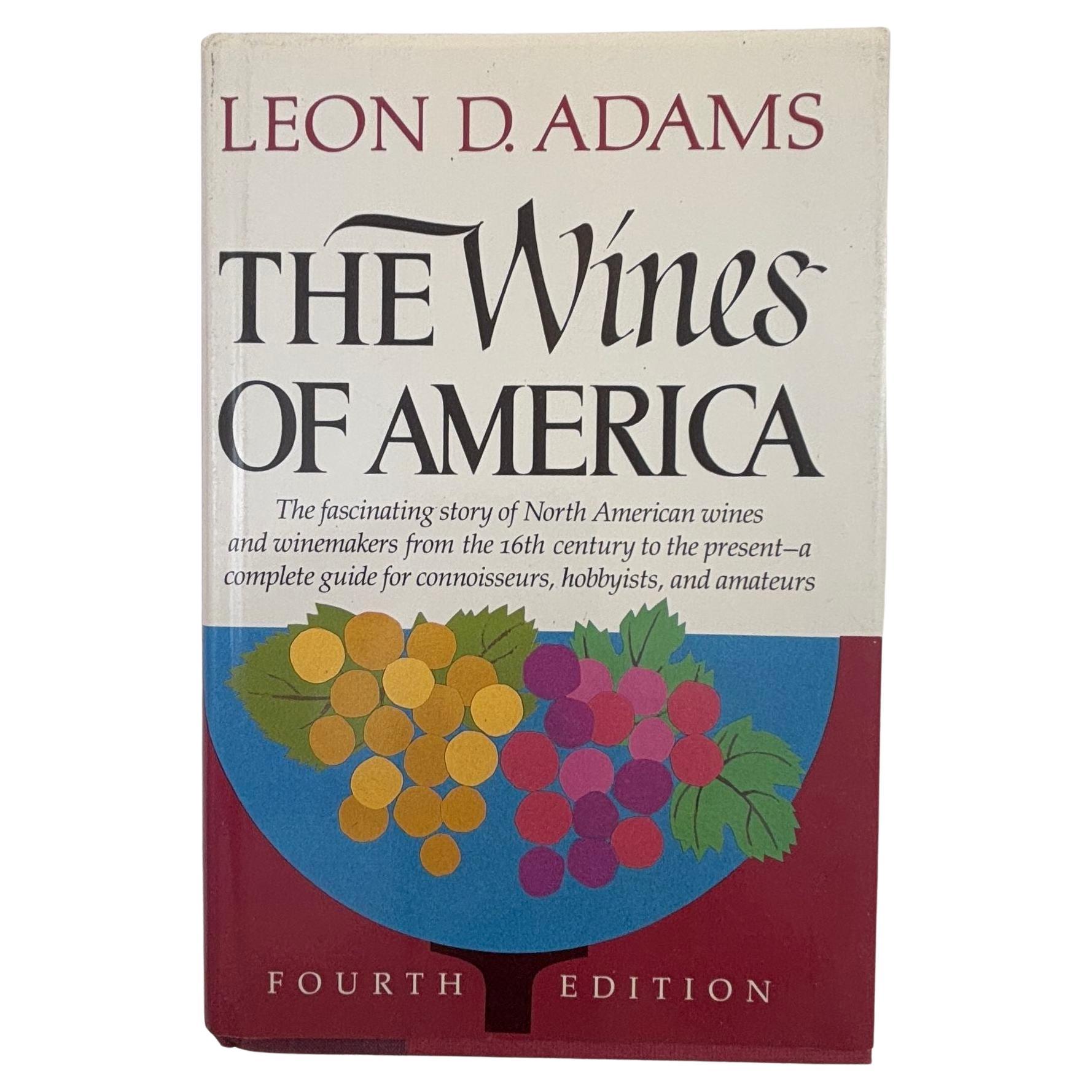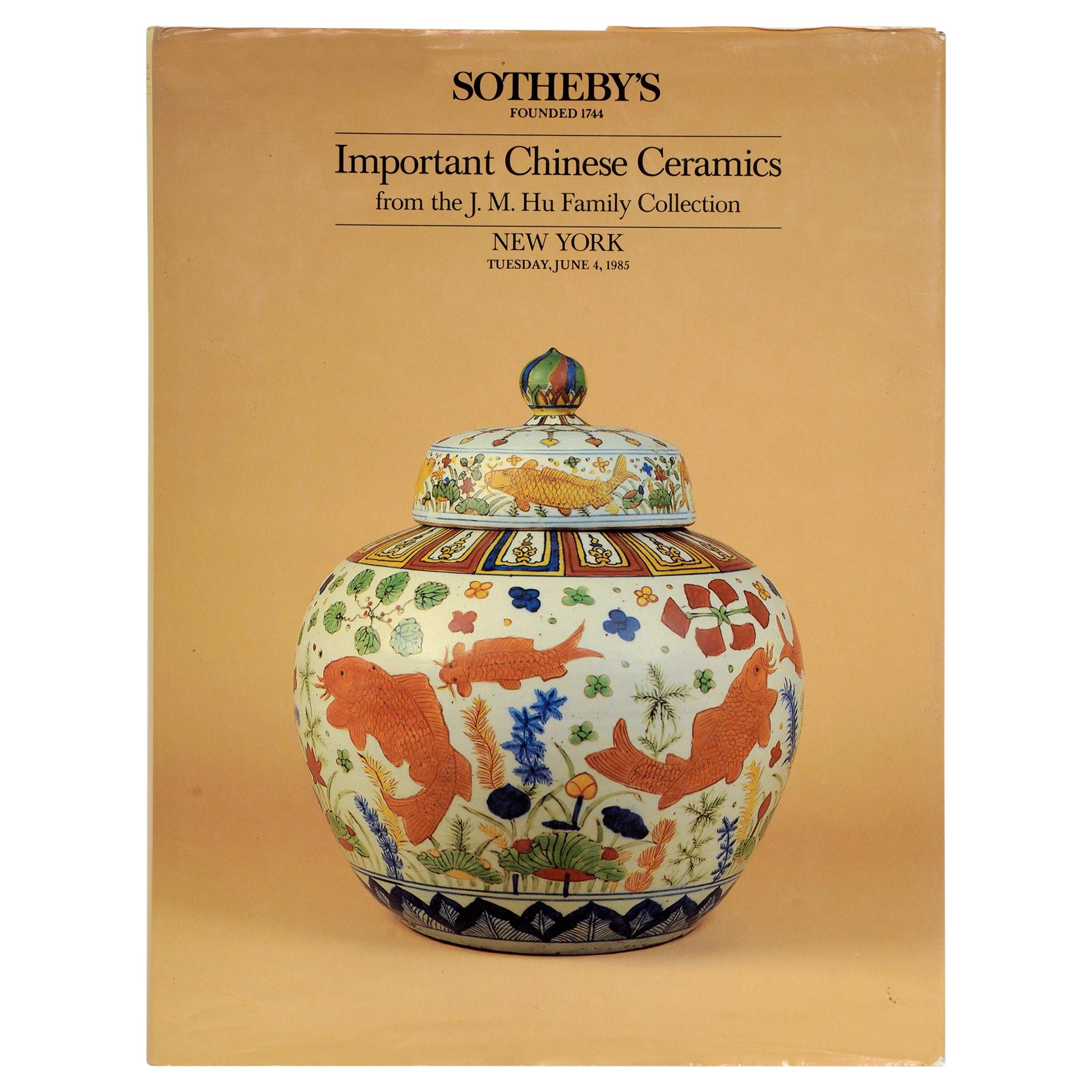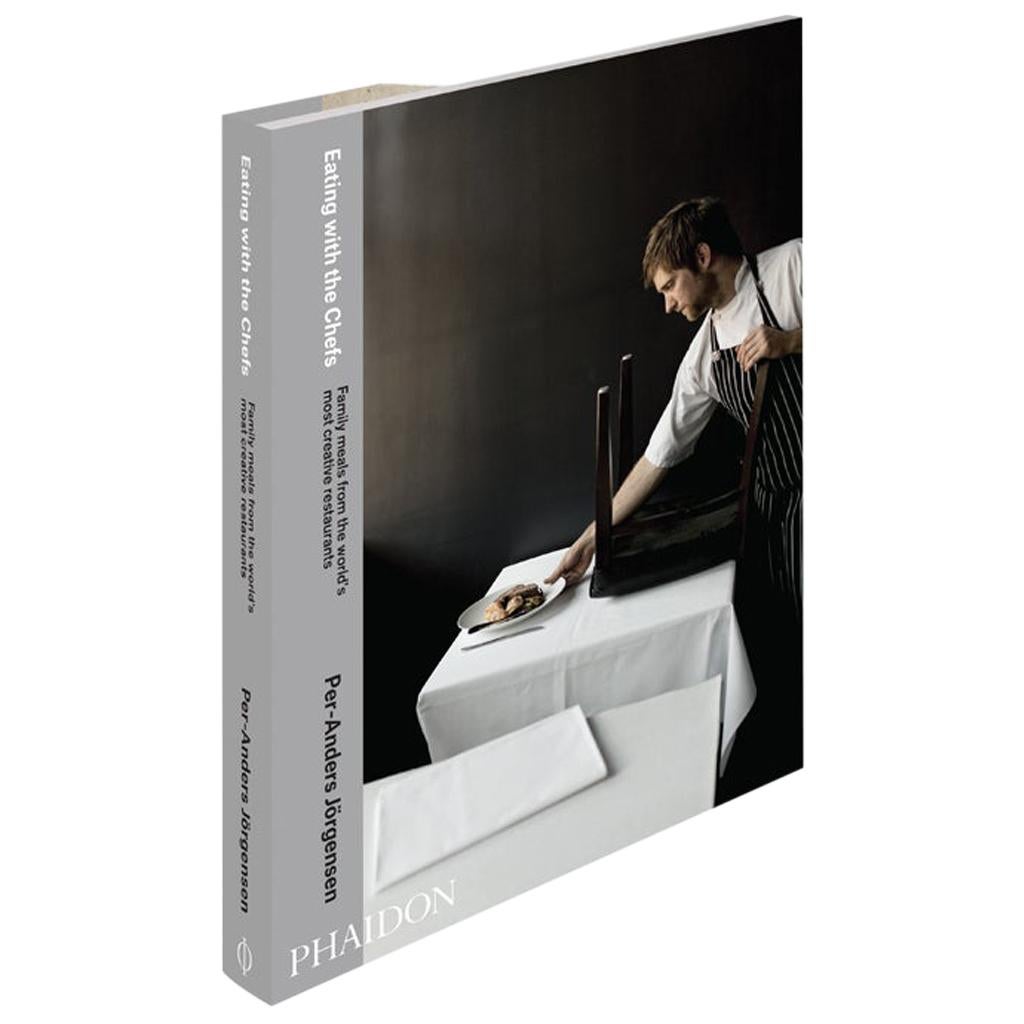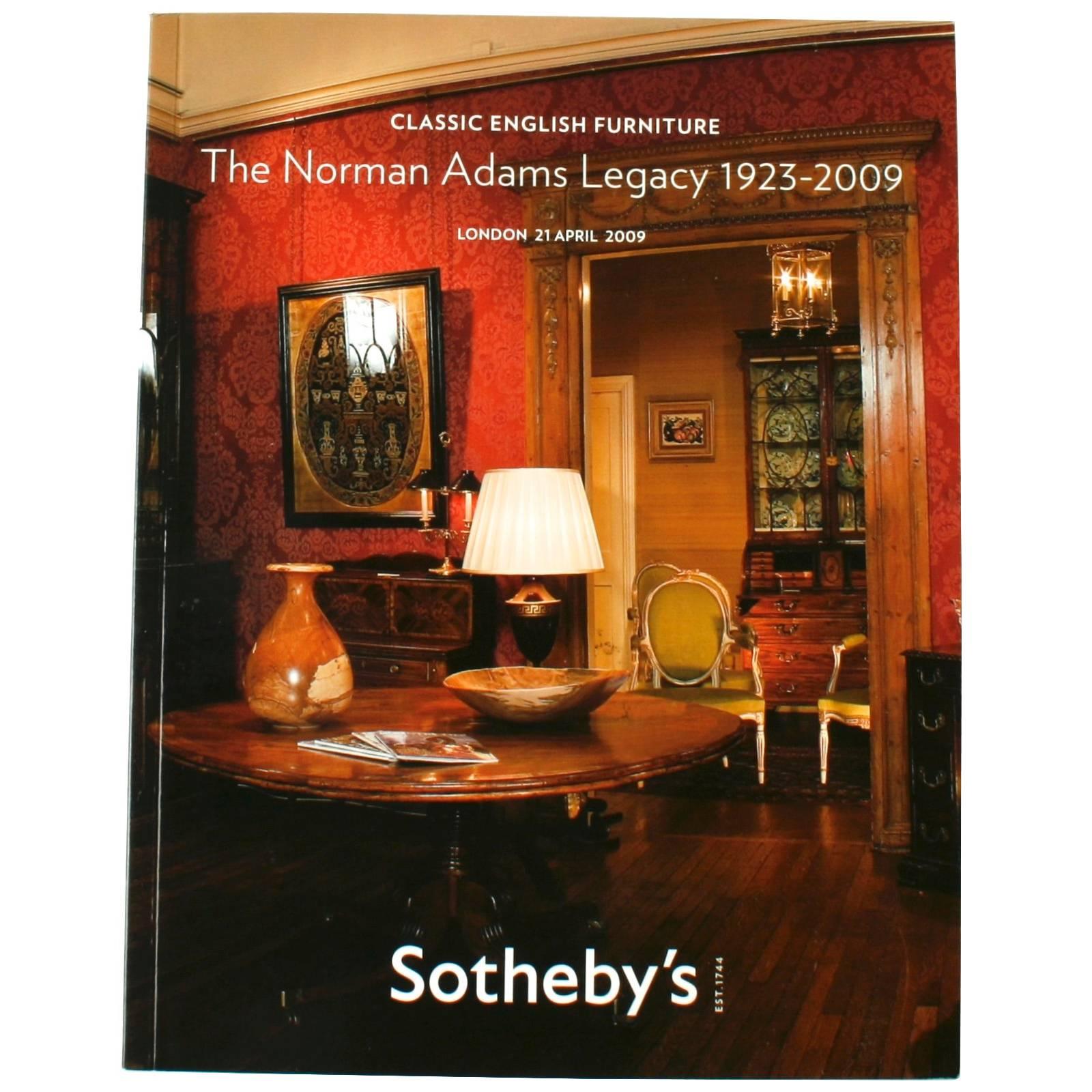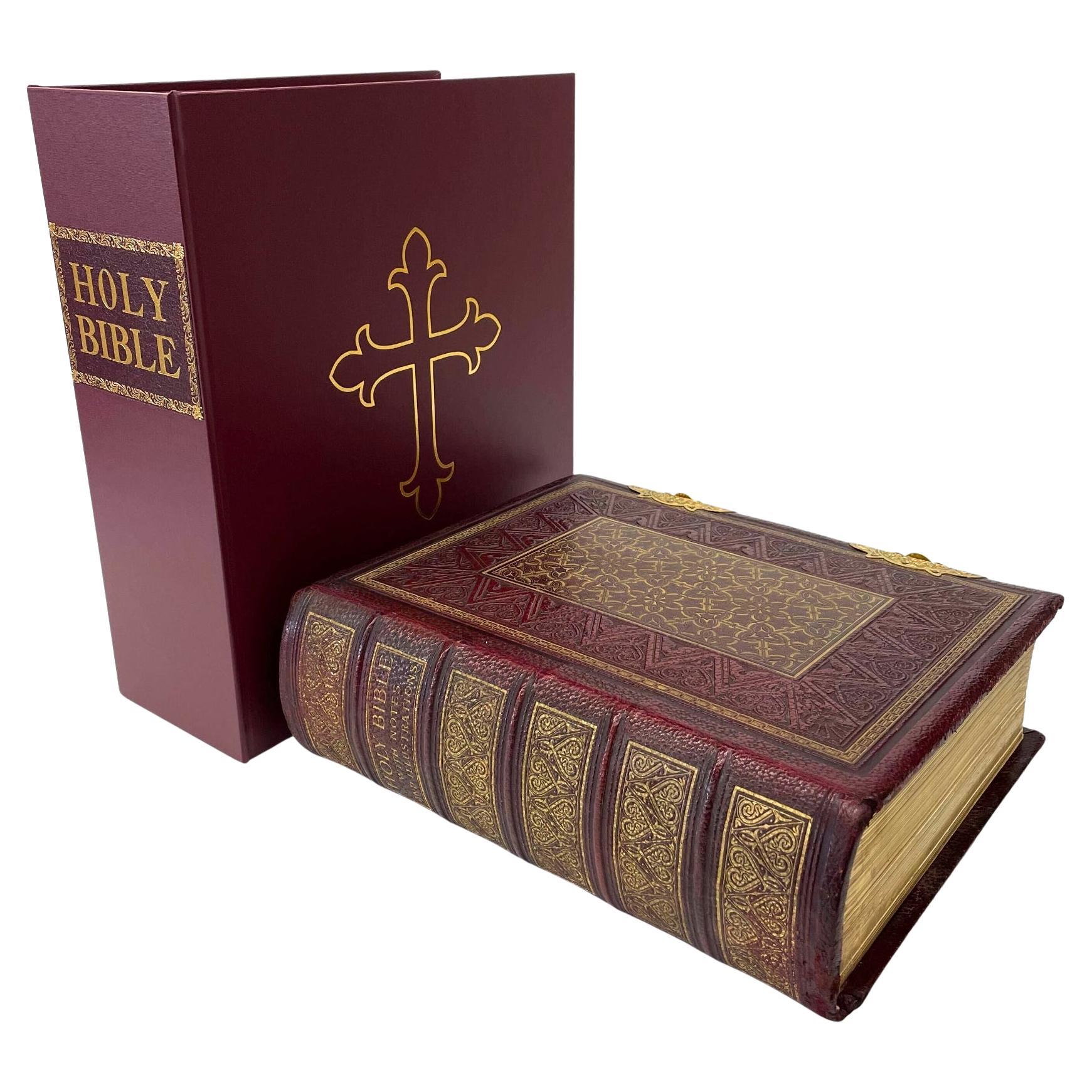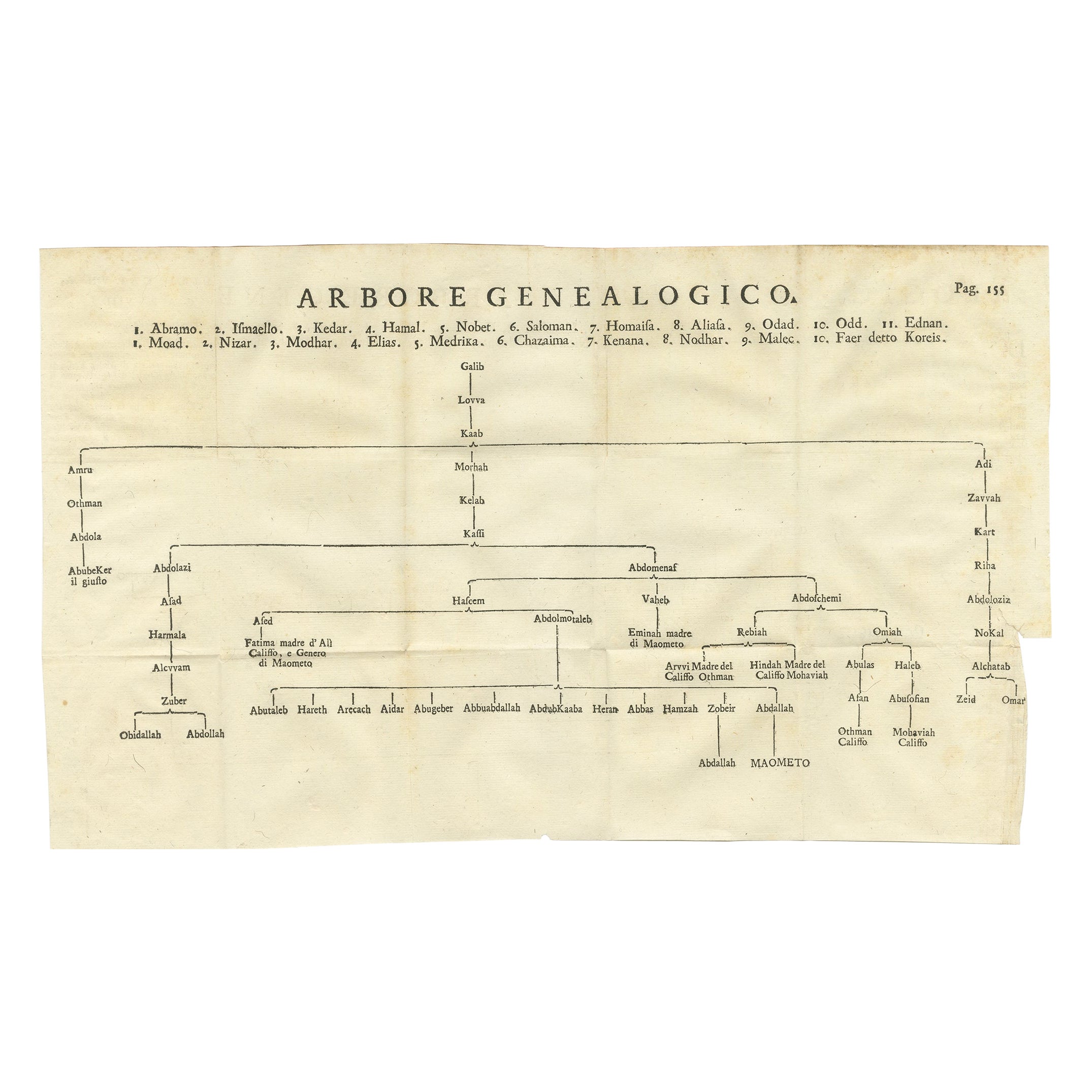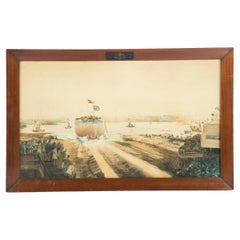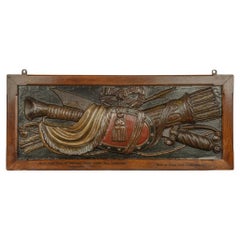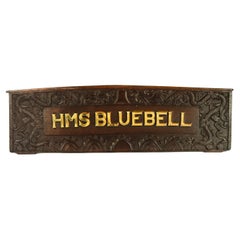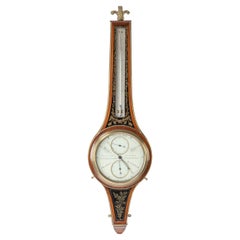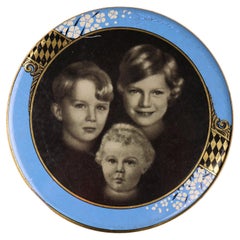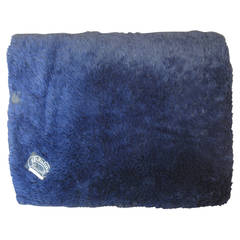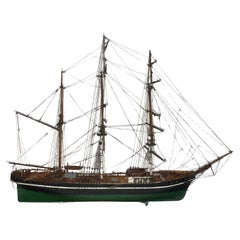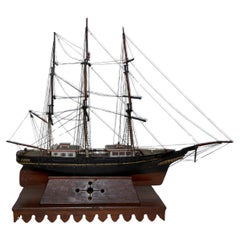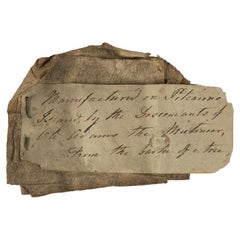
A relic from the family of Bounty Mutineer John Adams: documented piece of Bark
View Similar Items
Want more images or videos?
Request additional images or videos from the seller
1 of 6
A relic from the family of Bounty Mutineer John Adams: documented piece of Bark
$9,917.70List Price
About the Item
- Dimensions:Height: 2 in (5.08 cm)Width: 3 in (7.62 cm)Depth: 2 in (5.08 cm)
- Materials and Techniques:
- Place of Origin:
- Period:
- Date of Manufacture:19th Century
- Condition:Wear consistent with age and use.
- Seller Location:Lymington, GB
- Reference Number:1stDibs: LU973037651982
About the Seller
5.0
Recognized Seller
These prestigious sellers are industry leaders and represent the highest echelon for item quality and design.
Established in 1982
1stDibs seller since 2013
133 sales on 1stDibs
Typical response time: 1 hour
Associations
LAPADA - The Association of Arts & Antiques Dealers
Authenticity Guarantee
In the unlikely event there’s an issue with an item’s authenticity, contact us within 1 year for a full refund. DetailsMoney-Back Guarantee
If your item is not as described, is damaged in transit, or does not arrive, contact us within 7 days for a full refund. Details24-Hour Cancellation
You have a 24-hour grace period in which to reconsider your purchase, with no questions asked.Vetted Professional Sellers
Our world-class sellers must adhere to strict standards for service and quality, maintaining the integrity of our listings.Price-Match Guarantee
If you find that a seller listed the same item for a lower price elsewhere, we’ll match it.Trusted Global Delivery
Our best-in-class carrier network provides specialized shipping options worldwide, including custom delivery.More From This Seller
View AllGeorge Edward Horton: the Launch of H.M.S. ‘Victoria’ from the Elswick Shipyard
Located in Lymington, Hampshire
George Edward Horton: The Launch of H.M.S. ‘Victoria’ from the Elswick shipyard of Sir W. G. Armstrong Whitworth and Co. Ltd, Newcastle-upon-Tyne in 1887, watercolour and pencil heig...
Category
Antique 1880s European Paintings
Materials
Paint
A plaster military trophy panel from the Duke of Gordon’s house in Edinburgh
Located in Lymington, Hampshire
A plaster military trophy panel from the Duke of Gordon’s house in Edinburgh, the panel carved with a panoply including a shield, quiver, wrapped standard and sword, all within an oa...
Category
Antique Late 19th Century Scottish Historical Memorabilia
Materials
Plaster, Oak
Carved and Shaped Teak Seat Back from the Launch of Minesweeper H M S Bluebell
Located in Lymington, Hampshire
A carved and shaped teak seat back from the launch of minesweeper H M S Bluebell, of shaped rectangular form with a central panel with 3in brass lettering HMS Bluebell, with braced b...
Category
Vintage 1910s English Nautical Objects
Materials
Teak
‘Royal’ Barometer by John Russell, Watchmaker to the Prince Regent
By John Russell
Located in Lymington, Hampshire
This superbly crafted wheel barometer and thermometer has a mahogany case surrounded by twisted brass stringing and central panels of foliate tendrils above Russell’s signature thistle motif in black and gilt verre églomisé. It is surmounted by a brass Prince of Wales feather finial. The long, rectangular thermometer plate is inscribed ‘Thermometers: Beaumar, Fahrenheit, Royal Society of London’, the latter being an early attempt to standardise temperature measurement. The circular dial is inscribed ‘Changeable, Fair, Settled Fair, Much Rain’ and ‘Rain’ and signed across the centre ‘J Russell, Falkirk, Invt et Fecit, Watch Maker to his R.H the Prince Regent’. The reverse has a paper label ‘Russell, Iden Collection Inventory 1896’. Scottish, circa 1815.
Provenance: Mr Walter Iden.
Published: Percy G. Dawson, The Iden Clock Collection, Woodbridge, 1987. No.125, p.280.
These ‘royal barometers’ were so named because John Russell of Falkirk...
Category
Antique 1810s Scottish Scientific Instruments
Materials
Metal
Large Elm Tiller from the Brixam Fishing Trawler 'Provident'
Located in Lymington, Hampshire
A large elm tiller with a bronze helm and turned finial from the Brixham fishing trawler 'Provident', 1924
Provident details:
Builder: J Sander...
Category
Vintage 1920s English Sports Equipment and Memorabilia
Materials
Elm
A racing flag from the Royal Sailing Yacht Britannia, circa 1936
Located in Lymington, Hampshire
A racing flag from the Royal Sailing Yacht Britannia, circa 1936. This large racing flag was made from pieced wool bunting with machine stitched bunting and a canvas sleeve stamped ‘5’. It is of rectangular form with the Prince of Wales feathers enclosed in a ducal coronet and the motto ‘Ich Dien’ on a halved blue and red ground, later framed and glazed. It is accompanied by a black edged letter on Buckingham Palace writing paper dated 10th July 1936 saying ‘Dear Sir, I am commanded by the King and Queen Mary to send you these flags which were flown on board “Britannia” at various times during her career, including one of her racing flags. Their Majesties hope you will like to keep these in your club house as souvenirs of the old yacht. Yours Derek Keppell, Master of the Household, The Commodore, Royal Portsmouth Corinthian Yacht Club.” King George died on 20 January 1936 which explains the black edge to the letter. English, circa 1936.
Height: 43in (109cm) Width:60in (152.5cm) Framed height: 57½ in (146 cm) Width: 81½ in (207cm)
Provenance: Royal Naval Club & Royal Albert Yacht Club, Portsmouth
R.S.Y. Britannia played an important part in preparing challengers for the America’s Cup. She was used as a trial horse for the Shamrocks and later, after conversion, for most of the ‘J’ Class yachts of the 1930s. Britannia was built in 1893 according to the plans of G. L. Watson for His Royal Highness the Prince of Wales, a keen and able helmsman. From the beginning, Britannia was a successful racing yacht winning races against Kaiser Wilhelm’s Meteors, among many others. Britannia won over two hundred races in her career — a record that has yet to be surpassed. She was beaten once by Navahoe, one of Herreshoff’s boats, but fared better against another America’s Cup yacht, Vigilant, winning twelve races out of seventeen. When Britannia was converted to race in the ‘J’ Class she was stripped of her bulwarks, given a one-piece mast and a Bermudan mainsail. The transition did not interrupt her run of success, although she performed best in hard weather. She was scuttled off the Isle of Wight at the dying request of George V.
A grisaille by Charles Dixon of R S Y Britannia racnig at Cowes. Credit: Wick Antiques
Category
Vintage 1930s English Nautical Objects
Materials
Textile
You May Also Like
Rare tin can of the Belgian royal family from the 1930s
Located in Meulebeke, BE
Belgium / 1930 / tin can / tin / Art Deco / Mid-century / Vintage
A rare large tin box from the 1930s, adorned with the portraits of the children of Belgian King Leopold III - Boude...
Category
Vintage 1930s Belgian Art Deco Historical Memorabilia
Materials
Tin
"Dr. John Bodkin Adams "Blanket, the U.K.'s Notorious Serial Killer
Located in Hamilton, Ontario
Blanket Owned by the U.K.'s Notorious "Dr. John Bodkin Adams."
Free shipping within the United States and Canada.
Look him up under "creep factor def con four” certainly not in the spirit of good taste but more in the spirit of a commitment to bring to the table the unique by definition items that for whatever reason ignite the senses, we present to you. A blanket that once called the seat of Dr. John Bodkin Adams’s Rolls Royce home. Who is Dr. John? None other than Britain’s second most notorious serial killer...
Category
Mid-20th Century Historical Memorabilia
Antique Ship Model of the Bark Thalia
Located in Norwell, MA
Sailor's model of the sailing bark Thalia. The scribed and varnished deck carries cabins, hatches, wheel box with wheel, lifeboats, skylights, etc. Fully rigged with standing and run...
Category
Vintage 1940s North American Models and Miniatures
Materials
Wood
Ship Model of the Bark W.S. Cook
Located in Norwell, MA
Rigged model of the American sailing bark W.S. Cook. Early twentieth century model with built up cabins, winch, capstan, stove pipe, etc. Three masts with standing and running cords....
Category
Vintage 1920s North American Models and Miniatures
Materials
Wood
Ship Model of the Bark Jessie of New York
Located in Norwell, MA
Model of the armed brig Jessie of New York. Fitted with eight cannon on deck. Hull is painted green and white. Rigged with full standing and runnng rigging. Mounted to an inlaid crad...
Category
Vintage 1930s North American Models and Miniatures
Materials
Wood
The Life of Sir John Falstaff; A biography of the knight from authentic source
Located in Middletown, NY
FIRST EDITION
Cruikshank, George & Robert B. Brough
The Life of Sir John Falstaff; A biography of the knight from authentic sources
A humorous pictorial recollection of the prominent events in the imaginary career of Shakespeare's most amusing character, seen through his genealogy and various episodes of his life, such as "How Mr. John Falstaff was Knighted by King Richard the Second...
Category
Antique Mid-19th Century English Books
Materials
Leather, Paper
Recently Viewed
View AllMore Ways To Browse
Antique Paper Documents
Historical Documents
Relic Antique
Antique Safes From 19th Century
Antique Advent
Antique Bark
Sailing Ship 19th Century
Antique Native American Collectibles
Initial Pins
Topaz Pin
Antique Nautical Signs
Antique Fishing Collectables
Tree Bed
Antique Handwriting
Bread Display
Antique Family Bible
Rare Antique Bibles
Rare And Antique Bibles
